We were lucky to catch up with Patricia Bellan-Gillen recently and have shared our conversation below.
Alright, Patricia thanks for taking the time to share your stories and insights with us today. How did you learn to do what you do? Knowing what you know now, what could you have done to speed up your learning process? What skills do you think were most essential? What obstacles stood in the way of learning more?
People will probably be surprised when they look at my work…work that is clearly based in academic drawing skills, to hear me say, learn and perfect your skills but don’t let skill get in your way. Early in my college studies, I looked around and realized that I could probably draw better than most people in my classes and beyond, but there were students with less academic skills producing better, more exciting work. A professor said, “well you can really draw, but what do you want to do with it?” To make better work, I needed to expand my definition of what comprised an “essential skill” and recognize the development of ideas and concepts as an equally important skill base and afford it the time and commitment necessary to enrich my work. Taking all of my academic subjects more seriously…math, biology, art history, literature, history, government, comic books…helped me develop a knowledge and image base and move me towards creating more interesting subject matter. Incorporating more reading time into my daily life and looking closer at contemporary culture and issues added to the mix.
For artists and creatives and probably most career fields, I think the ability to learn to be your own teacher is the most valuable skill to build in this rapidly changing world.
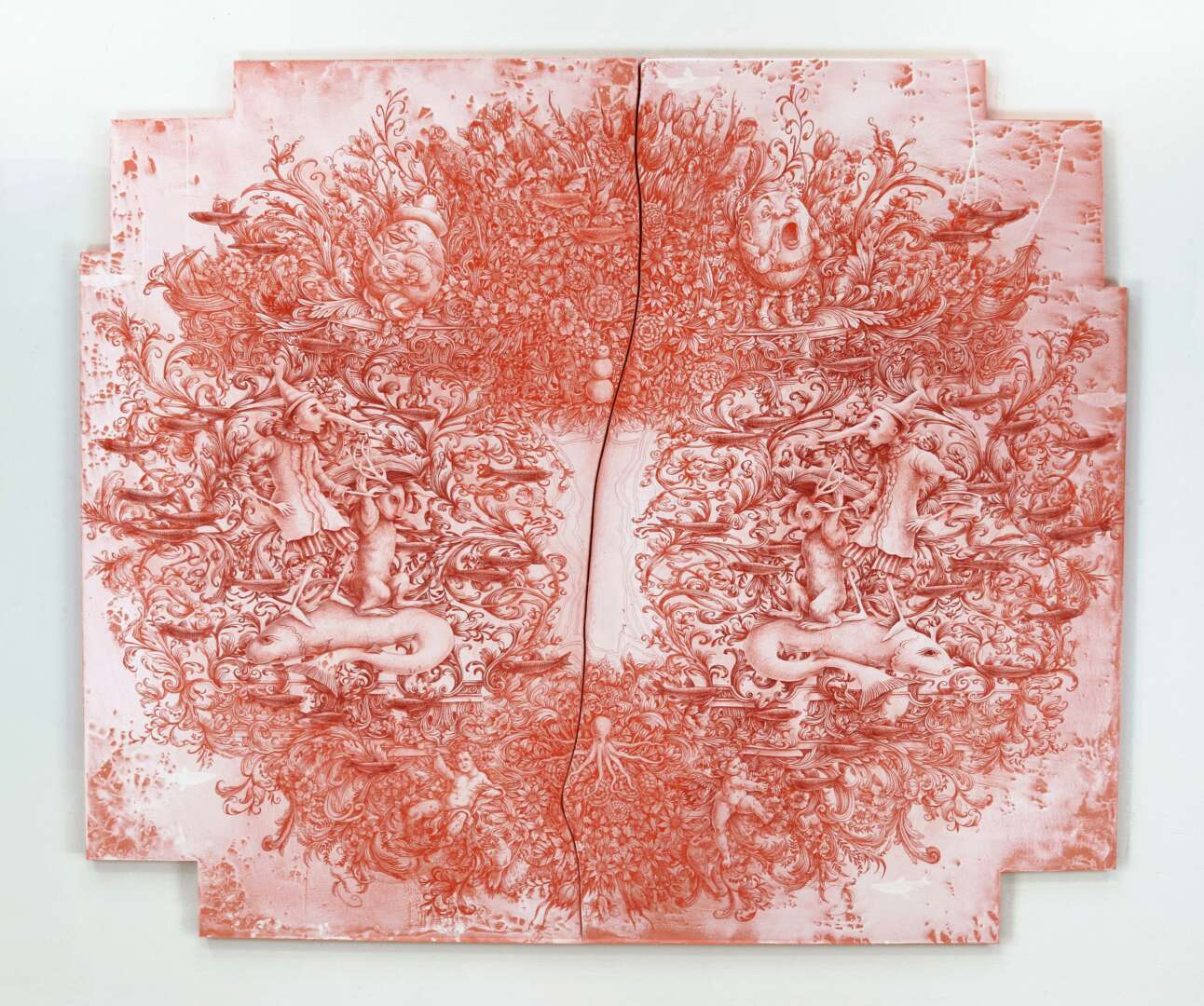
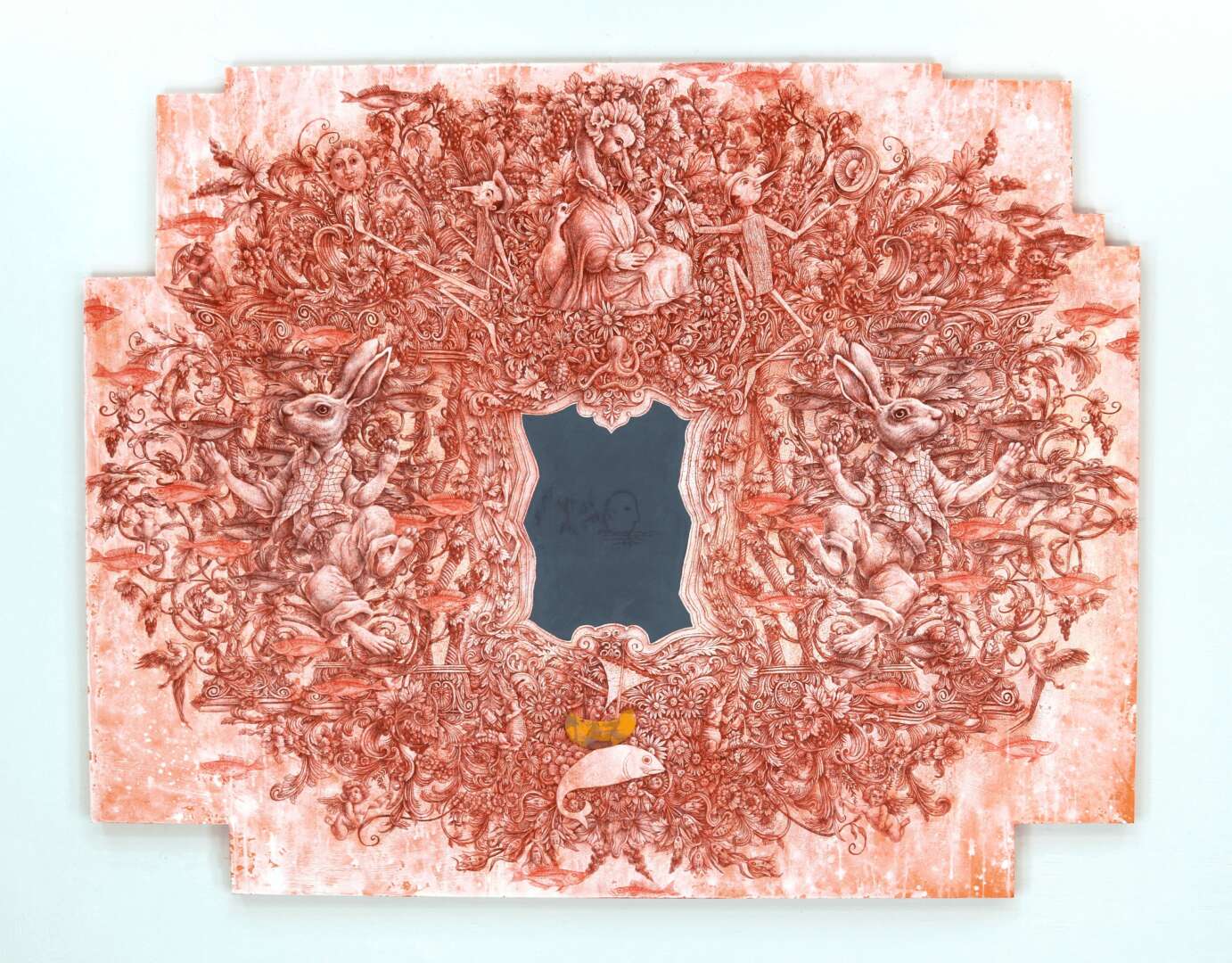
Patricia , before we move on to more of these sorts of questions, can you take some time to bring our readers up to speed on you and what you do?
I have always introduced myself as an artist/educator. The roles fit so seamlessly together that I rarely thought of them as separate from one another. But, here I am, age 72, a full-time studio artist having retired after 29 years as a university professor.
I primarily make large-scale colored pencil drawings on birch panels bringing together imagery generated through reading and study with imagery that is spontaneous and intuitive. The work mixes personal narratives with fairytales and intertwines historical events with iconic characters from children’s stories. The academic in me still helps drive the work.
My paintings, prints and drawings have been the focus of over 55 solo exhibitions in venues in Washington DC, Nashville, TN, Houston, TX, Atlanta, GA, Las Cruces, NM, Albany, NY, Bloomington, IL Portland, OR, Grand Rapids, MI, Wellington, NZ and Wimbledon/London, UK. Most recently, a solo exhibition of my drawings and collages, “Words and Other Weapons” was presented at the McDonough Museum of Art, Youngstown, OH.
My work has been included in numerous group shows in museums, commercial galleries, university galleries, and alternative spaces. Venues have included: Hudson River Museum, Yonkers, NY, Chelsea Museum of Art, New York, NY, The Art Museum at FIU, Miami, FL, Frans Masreel Centrum, Belgium, University Art Museum, Laramie, WY, Tacoma Museum of Art, Tacoma, WA and the Aichi Prefectural Museum of Art, Nagoya, Japan.
Upcoming solo exhibitions are scheduled for fall 2024 at the Piedmont Art Center, Martinsville, VA and Zynka Gallery, Pittsburgh, fall 2025. My large-scale drawings will be featured in a group show at the West Virginia University Museum of Art in the spring of 2025.
Tinney Contemporary, Nashville, TN, Zynka Gallery, Pittsburgh, PA and Nicole Longnecker Gallery, Houston, TX, represent my work.
In 2015, I retired from Carnegie Mellon University as a professor in the School of Art where I held the Dorothy L. Stubnitz Endowed Professorship in Art. The university honored me with the Ryan Award for Meritorious Teaching in 2000.
I grew up in a working-class family in a classic mill town in Western Pennsylvania. My father worked in the mill and my mother worked at the local G.C. Murphy’s five and dime store. I can’t remember a time when I was not drawing or painting or making something. Even during the many times when the mill was on strike, my parents made sure that there were always pencils, crayons, paper and books for my sister and me. When I was three years old, a man named John Gnagy had a show teaching art lessons on television. My mother bought us his “Learn to Draw” set and my sister, who is a few years older than me drove us through the project book, one page, one lesson at a time including all of the warm-up exercises. I became known as the kid that could draw.
At ten years old, I had the good fortune to be welcomed into an adult oil painting class. The weekly sessions were taught by a brilliant woman who was classically trained in art and art history before immigrating to the United States from Hungary. Her structured painting and drawing lessons included, color mixing, classic underpainting, chiaroscuro, imprimatura, glazing techniques and impasto. She emphasized learning to draw from observation, but always encouraged me to work from my imagination too. She began each evening session with a lesson in art history. I often look back in amazement that I was introduced to the Venus of Willendorf, the ancient Sumerians, gothic architecture, the Impressionists, Michelangelo, Leonardo Da Vinci, Picasso and Rembrandt as a ten-year-old kid. I continued to attend her classes throughout high school, and with her encouragement I began to teach arts and crafts classes to the kids in my neighborhood.
I studied at Edinboro State College (now Penn West University/Edinboro) and earned a B.S. in Art Education. I became interested in lithography during my art education studies and chose to stay and earn a BFA in Printmaking. Edinboro was another fortuitous choice for me. The art department at the time was large and progressive. There was no separation between the art education majors and the fine arts majors. The faculty challenged me to think beyond my ability to draw and opened my mind to new possibilities. The first gallery exhibition I saw at Edinboro featured R. Crumb and Harvey Pekar. The second exhibition showed documentation of conceptual work by Vito Acconci, Gordon Matta-Clark and Fluxus…real eye openers. I began to exhibit in regional and national juried print and drawing shows during my college years.
After graduating from college, I taught elementary art for a year and worked at a small local museum setting up art classes, teaching and planning an arts festival. While teaching, I used my parent’s basement as a studio and continued to make work.
In 1976, I accepted a fellowship to the University of Tennessee to begin work towards an MFA in Printmaking, studying with renown printmaker, Byron McKeeby. I finished my graduate studies at Carnegie Mellon University under early Tamarind fellow, Robert Gardner. I consider the opportunity to work closely with two people very different in their approach to making prints and art a real asset to my education and growth as an artist.
After graduate school, my husband and I found extremely cheap housing in a rural setting, and I set up a printmaking studio in an old fishing cabin. I continued making work, exhibiting and doing contract printing for other artists. In 1986, I returned to Carnegie Mellon as a full-time member of the faculty. Over the years, I taught drawing, printmaking, concept studios, graduate seminars and several special topics classes. I served as Associate head of the School of Art for several years before retiring in 2015.
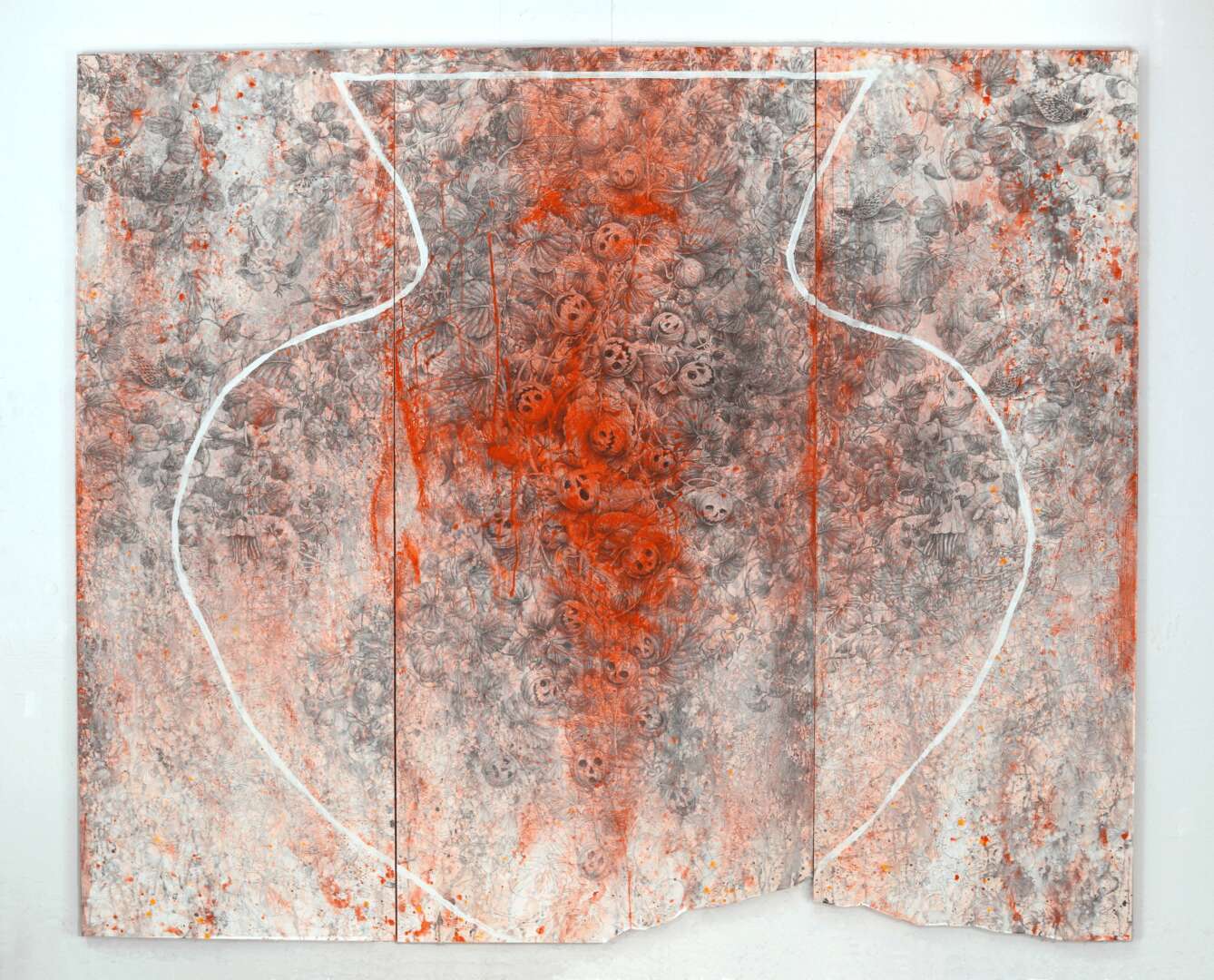
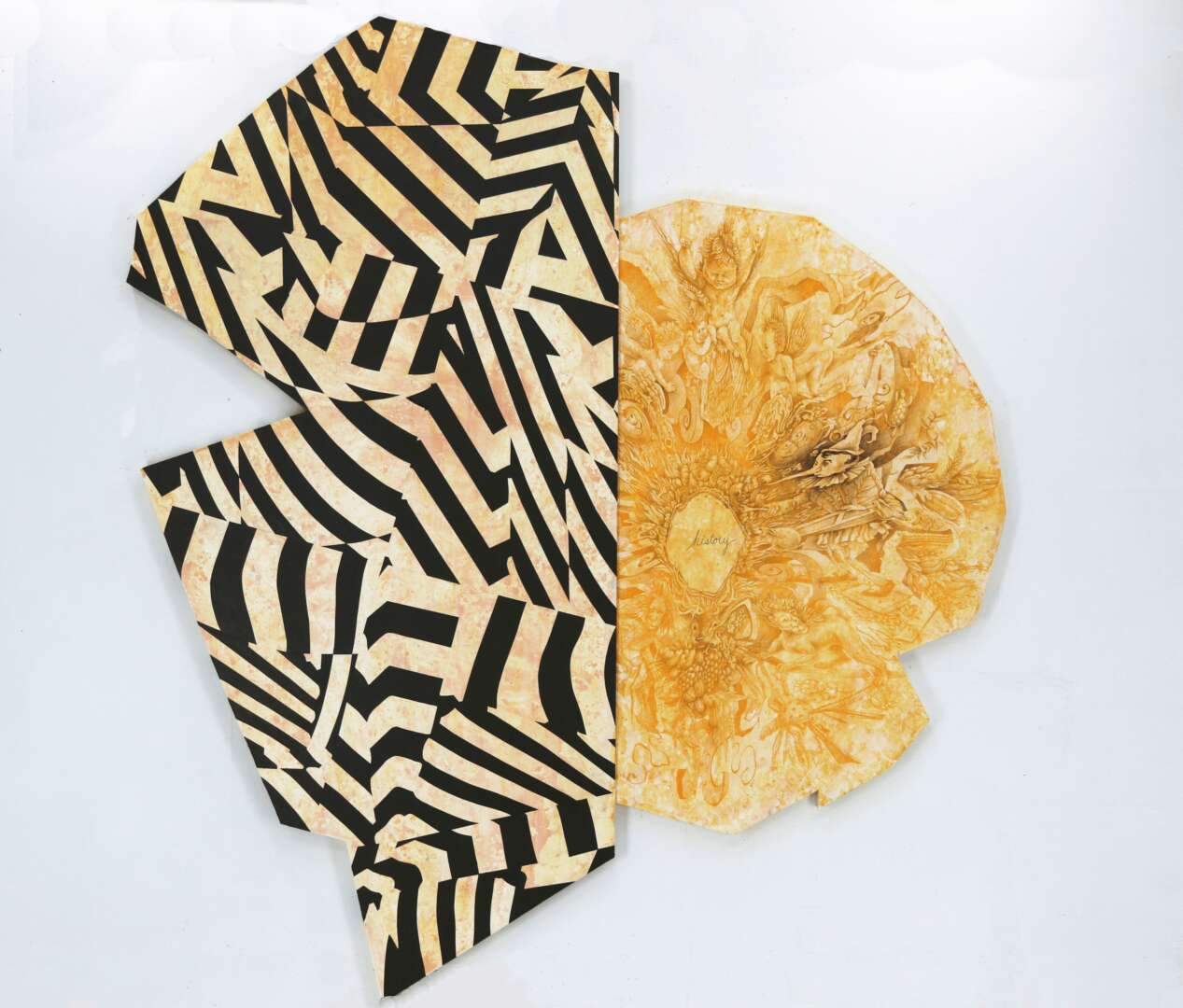
What do you think is the goal or mission that drives your creative journey?
I have always felt a strong physiological need to make work so maintaining a studio practice takes little to no effort to put in the time necessary to produce my drawings. My challenges and goals are to continue making strong, relevant work and sustain an active exhibition schedule.


In your view, what can society to do to best support artists, creatives and a thriving creative ecosystem?
In the proverbial Ideal World, there is a lot that a society could do to support artists and creatives…buy artwork, support galleries, museums and performance venues, recognize and insist that the arts have a vital role in our public and higher education systems…but in reality a great deal of the burden of supporting and sustaining a thriving cultural ecosystem has fallen on artists and creatives ourselves.
As artists, we can support the arts on many levels, from the personal to the political. On a personal level, supporting the arts can be as simple as encouraging other artists: Show interest, make studio visits and engage in dialog about their work, show up at exhibitions and performances, buy work if you can, alert curators to other artists’ work, share news about artists’ work on social media. Create, join and support local arts organizations. Donate or raise money to arts establishments if you can. A few dollars can help. If your city has an arts council, join, follow and try to communicate with the members.
In this current anti-intellectual climate that calls for slashing support for the arts, banning books, closing libraries, cutting the arts and humanities from public schools and universities, it is necessary for artists and creatives to increase their political awareness. Locally, support and campaign for school board candidates that pledge to keep the arts in our schools and libraries open. At regional, state and national levels, support and vote for candidates that you believe understand the importance and necessity of the arts and artists.
Contact Info:
- Website: https://patriciabellangillen.com
- Other:
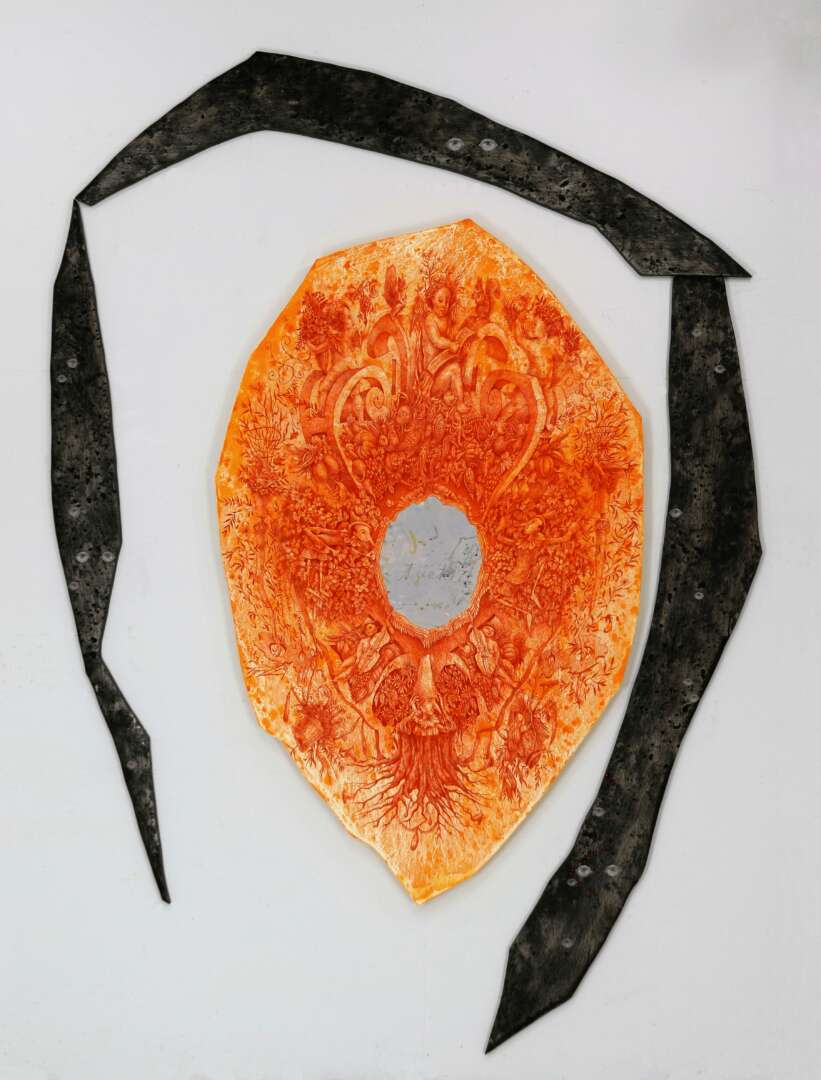

Image Credits
All photos by Patricia Bellan-Gillen


